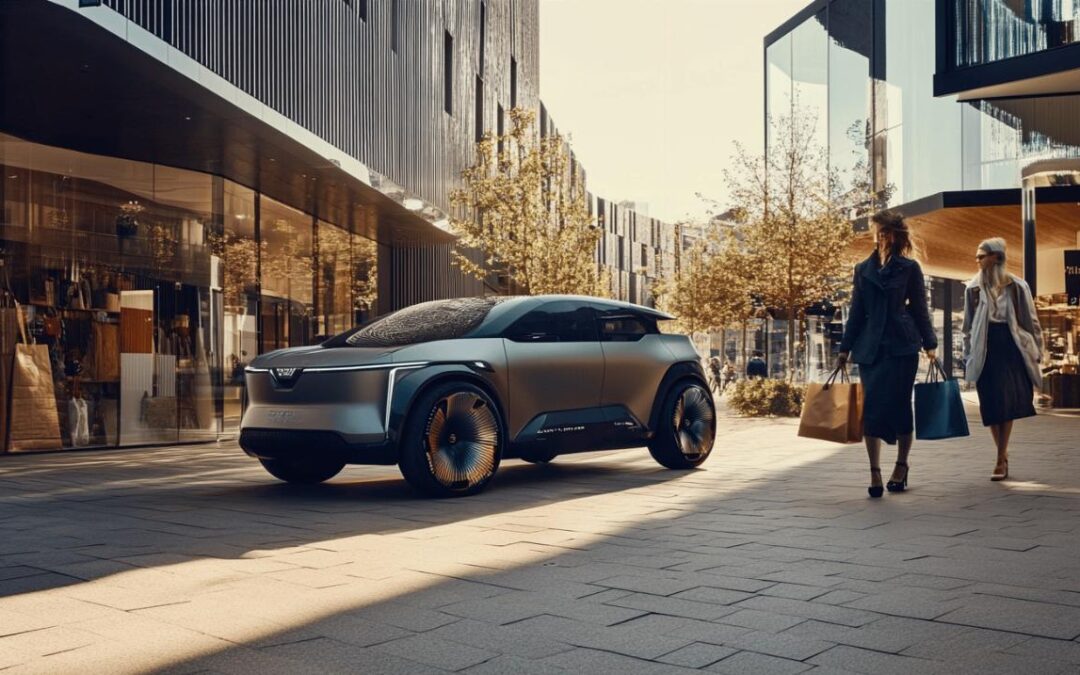Electric cars have become increasingly popular in recent years, with more consumers turning to these environmentally friendly alternatives to traditional combustion engine vehicles. One such electric vehicle making waves in the market is the Dacia Spring, which offers an affordable entry point into the world of electric motoring. This article explores what makes electric cars different from their conventional counterparts and takes a closer look at the Dacia Spring in particular.
What makes electric cars different?
Electric cars represent a significant departure from traditional vehicles in terms of technology and operation. Unlike conventional cars that rely on internal combustion engines, electric vehicles are powered by electricity stored in batteries. This fundamental difference results in various advantages, including lower running costs, reduced emissions, and a quieter driving experience. Many resources from https://www.metauto.it/ suggest that electric vehicles also tend to require less maintenance over time, as they have fewer moving parts compared to their petrol or diesel counterparts.
The science behind electric motors
Electric motors function on the principle of electromagnetism, converting electrical energy into mechanical energy. When electricity flows through the motor, it creates a magnetic field that generates rotational force, propelling the vehicle forward. This process is remarkably efficient compared to combustion engines, which lose significant energy as heat. Electric motors deliver instant torque, meaning electric cars often feel more responsive when accelerating from a standstill. This characteristic makes them particularly suitable for city driving, where stop-start traffic is common.
Battery technology in modern EVS
The heart of any electric vehicle is its battery pack. Modern electric cars typically use lithium-ion batteries, similar to those found in laptops and mobile phones but on a much larger scale. These batteries store the electrical energy that powers the motor and determines how far the car can travel on a single charge. Battery technology has advanced considerably in recent years, addressing previous concerns about range anxiety. The capacity of a battery is measured in kilowatt-hours (kWh), with larger capacities generally equating to greater ranges. Charging infrastructure has also expanded significantly, making electric cars more practical for everyday use.

The Dacia spring: an overview
The Dacia Spring has made a significant impact on the electric car market by offering affordability without compromising on essential features. As one of the cheapest electric cars available, the Spring represents Dacia’s commitment to making electric mobility accessible to a wider audience. With its compact dimensions and city-friendly design, the Spring is positioned as an ideal urban runabout that also happens to be electric. The vehicle shares the Dacia brand’s philosophy of offering no-frills, value-for-money transportation, but with zero tailpipe emissions.
Key specifications and features
The Dacia Spring comes equipped with a relatively small 27kWh battery, which provides a claimed range of 140 miles on a full charge. However, in real-world driving conditions, owners can expect closer to 115 miles. Charging from 20% to 80% takes approximately 45 minutes using a fast charger, with the vehicle supporting a maximum charging speed of 30kW. The Spring is available with two motor options: a 45hp version for those prioritising efficiency and a more powerful 65hp variant for drivers wanting additional performance. Despite its compact exterior dimensions, the Spring offers a surprisingly practical 308 litres of boot space, making it versatile for everyday use. For business users, Dacia offers a Spring Cargo version with an impressive 370 kg of useable cargo capacity and 1,085 litres of loading volume.
Price point and market position
The affordability of the Dacia Spring is perhaps its most compelling feature. The Expression version, which comes with the 45hp electric motor, starts from £14,995, while the Extreme version with the more powerful 65hp motor begins at £16,995. These price points position the Spring competitively within the broader Dacia range, with the Sandero starting from £14,715, the Sandero Stepway from £16,075, and larger models like the Jogger, Duster, and Bigster priced from £18,970, £19,380, and £25,215 respectively. For those considering the second-hand market, used Dacia Springs are available from approximately £10,200. The vehicle has garnered positive feedback from owners, achieving an impressive rating of 4.4 out of 5 from over 72,000 reviews. It is worth noting, however, that the pre-facelift version received a one-star safety rating in Euro NCAP testing, which might be a consideration for safety-conscious buyers.

